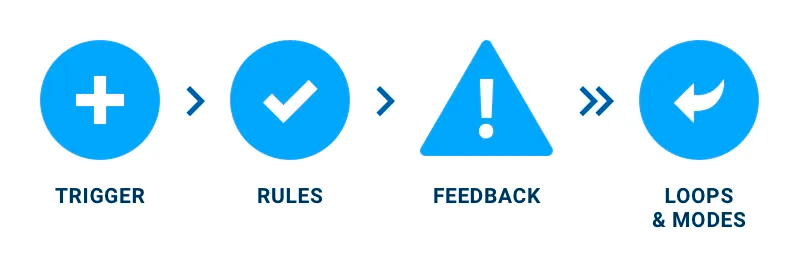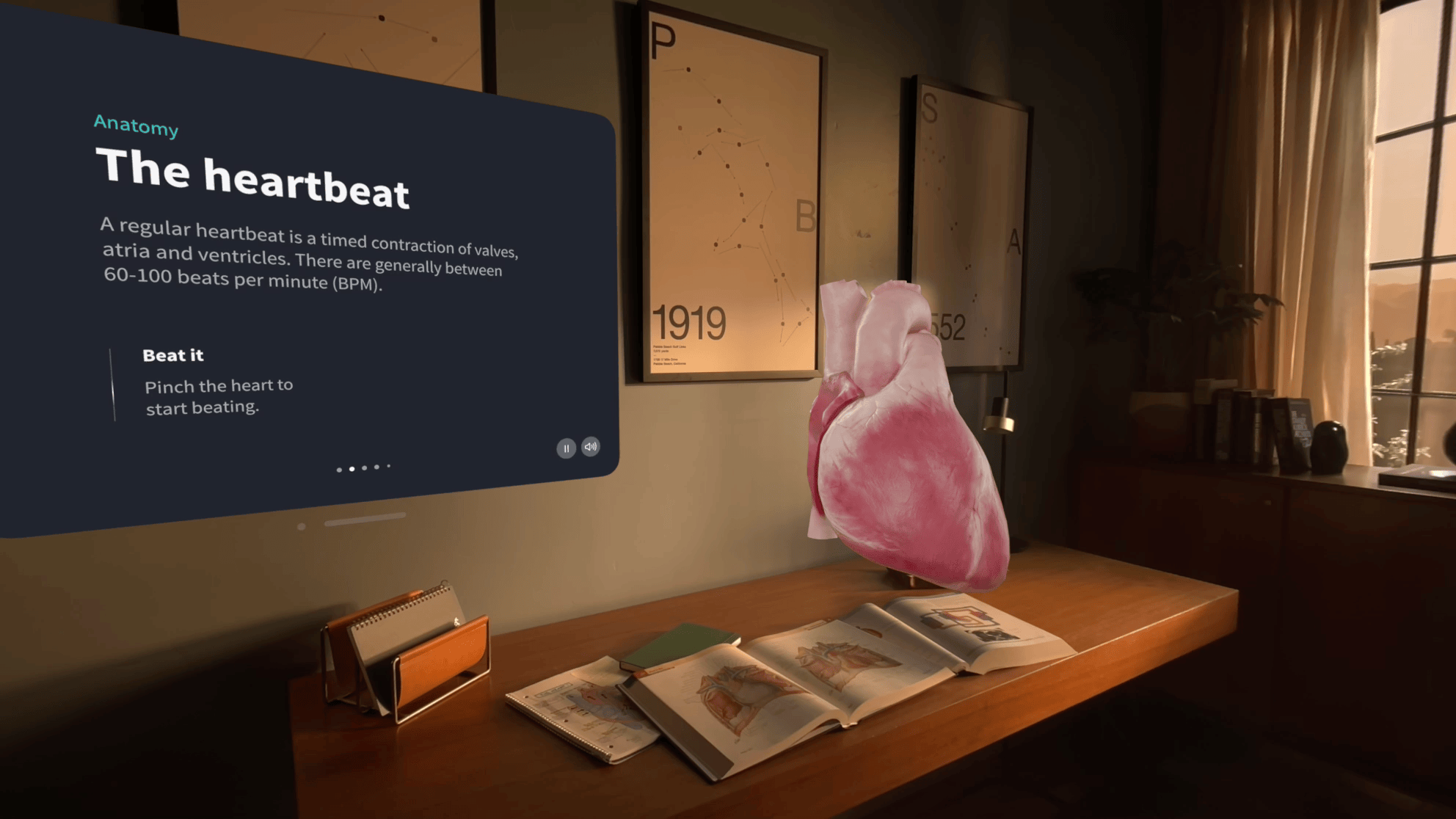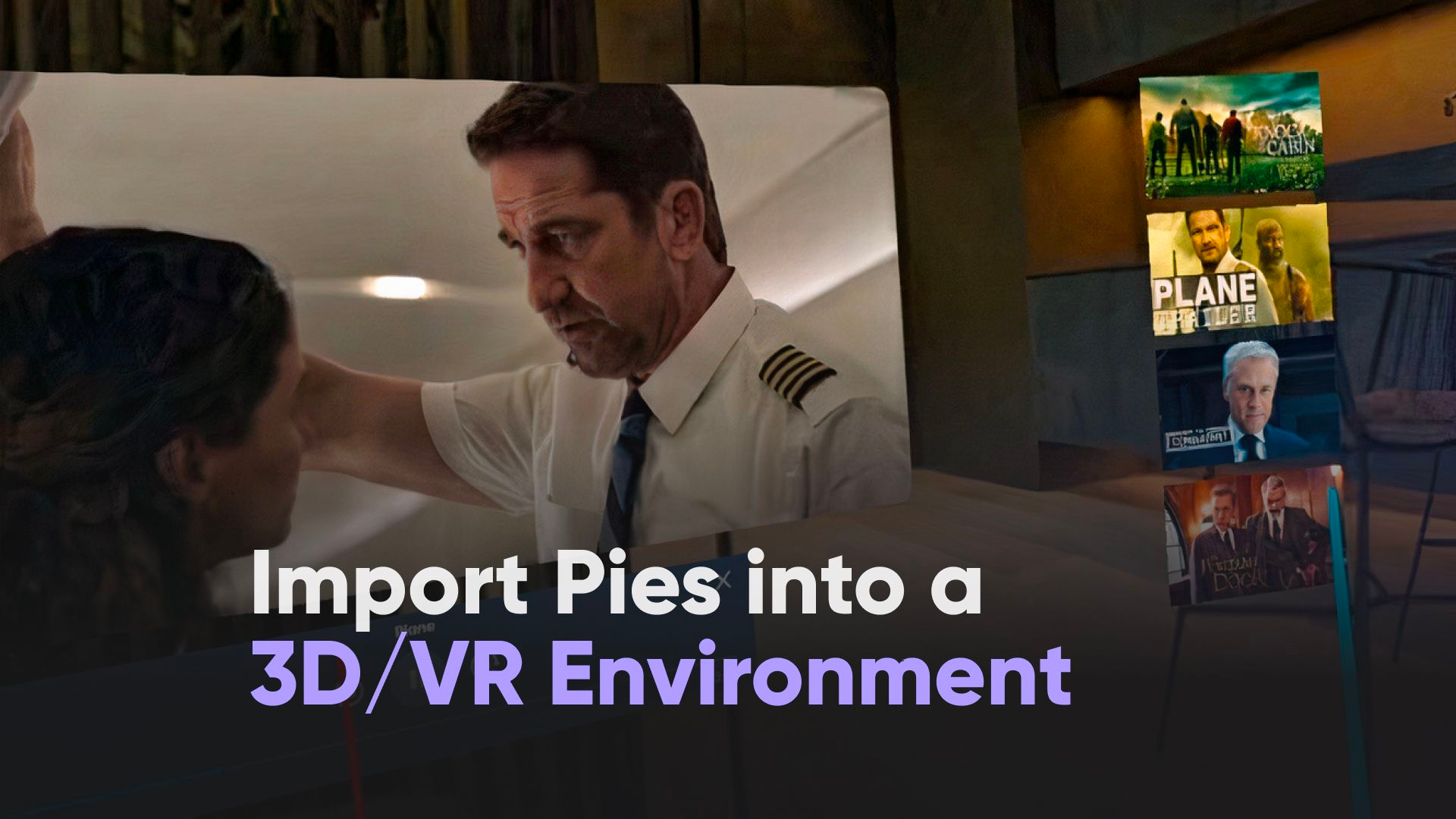Spatial Computing and Its Impact on Prototyping
Embracing the 3D era: Unpacking spatial computing and its transformative impact on high-fidelity prototyping.


In the constantly changing tech world, the emergence of spatial computing marks the next significant leap in the evolution of user interfaces (UI). Spatial computing leverages augmented reality (AR) and virtual reality (VR) to allow people to interact with digital content in a 3D, immersive environment, ultimately reinventing how humans interact with their digital products. The transition towards spatial computing has ignited new developments in UX, giving rise to the concept of spatial design. Apple is at the forefront with its announcement of Apple Vision Pro & its own spatial OS, visionOS.
What is spatial design?
Spatial design, at its core, revolves around designing for interactive spaces that span both the physical and digital worlds. It involves designing interfaces that resemble real-world spatial experiences keeping in mind aspects such as perspective, depth, sound, and last but not least, motion. It requires a deep understanding of not just conventional design principles, but also an appreciation for human interaction with space. Designing for spatial experiences comes with new challenges and opportunities for UI/UX, product, and interaction designers. The paradigm shift from 2D to 3D design necessitates a rethink of established design principles and encourages exploration of novel design concepts.

Apple’s Vision Pro got the attention of designers
Apple's foray into spatial computing with the Vision Pro headset has set the tech world abuzz, including the design space. This device, powered by Apple's visionOS, offers unprecedented opportunities to designers to innovate more: creating immersive experiences in a spatial computing environment. With the recent mass consumer attention, tech giants like Apple & Meta are possibly setting the stage for the future of digital interactions. Meta has also been exploring this frontier with its Meta Quest headsets. Their innovative leaps have been stirring both excitement and curiosity among designers, offering them a new canvas to craft on.
Microinteractions in spatial computing
According to Dan Saffer, microinteractions are contained product moments that revolve around a single use case—they have one main task. One can see these as subtle design elements that facilitate meaning between end user and a digital product, e.g., tablet app or kiosk touchscreen.
.png)
These are even more critical in a spatial environment where gestures and movements replace the traditional clicks and swipes. One could imagine microinteractions becoming the lifeline for intuitive and ergonomic navigation within a 3D environment. Therefore, while designing for spatial computing, designers should give microinteractions considerable attention to ensure a seamless and immersive user experience, especially now.
The role of high-fidelity prototyping in spatial design
As with any form of design, we at ProtoPie believe that prototyping will play a pivotal role in spatial design. High-fidelity prototyping, in particular, would emerge as an essential approach for designers working on these complex, multimodal experiences. Designers need to be capable of creating realistic, interactive prototypes of spatial computing apps. This will enable them to test, refine, and confirm their designs efficiently.

How to get started with spatial prototyping?
In the world of spatial computing, one that would likely be fast-paced, high-fidelity prototyping tools like ProtoPie and Unity can provide a much-needed platform for designers to explore, experiment, and test their spatial design ideas. By offering an accessible and robust platform for high-fidelity prototyping like ProtoPie, we hope to empower designers to create compelling spatial experiences that can harness the full potential of devices like Apple's Vision Pro.
To understand how to design for visionOS, Apple released some helpful resources to get you up and running:
- Designing for visionOS
- Principles of spatial design
- Design for spatial user interfaces
- Design for spatial input
- Apple’s official design resources in Figma Community
Use ProtoPie & Unity together for spatial prototyping
Designers using Unity can start creating spatial experiences for visionOS using Unity’s new beta program. Unity has been working closely with Apple to provide a deep integration of visionOS with Unity, allowing designers & creators to create innovative experiences for the Vision Pro.
Some great resources made available by Apple & Unity:
.png)
Did you know that ProtoPie prototypes play nicely together with Unity? This is where the real magic happens when it comes to prototyping for 3D and VR. With the Vuplex 3D WebView for Windows and macOS plugin, you’d be able to embed web content in Unity. This would include prototypes made with ProtoPie.
This way, you can create immersive 3D & VR prototypes using ProtoPie & Unity together. They would work on the to-be-released Vision Pro as well as the Meta Quest headsets.
The future of UI/UX design in the era of spatial computing
With the rise of spatial computing, a change in UI/UX design is undeniably underway. As designers, it's our job to stay ahead, understand any implications, and harness their potential to create engaging and immersive user experiences. Tomorrow’s digital products are designed & prototyped today, right?
While the road to spatial computing might be challenging, it's also filled with exciting opportunities. So, as we're about to enter this new age of spatial computing, the possibilities are truly exciting.
Create immersive experiences
Don't miss out on the chance to create awe-inspiring and immersive realities that shape the future of technology and user experiences.
.jpg)

